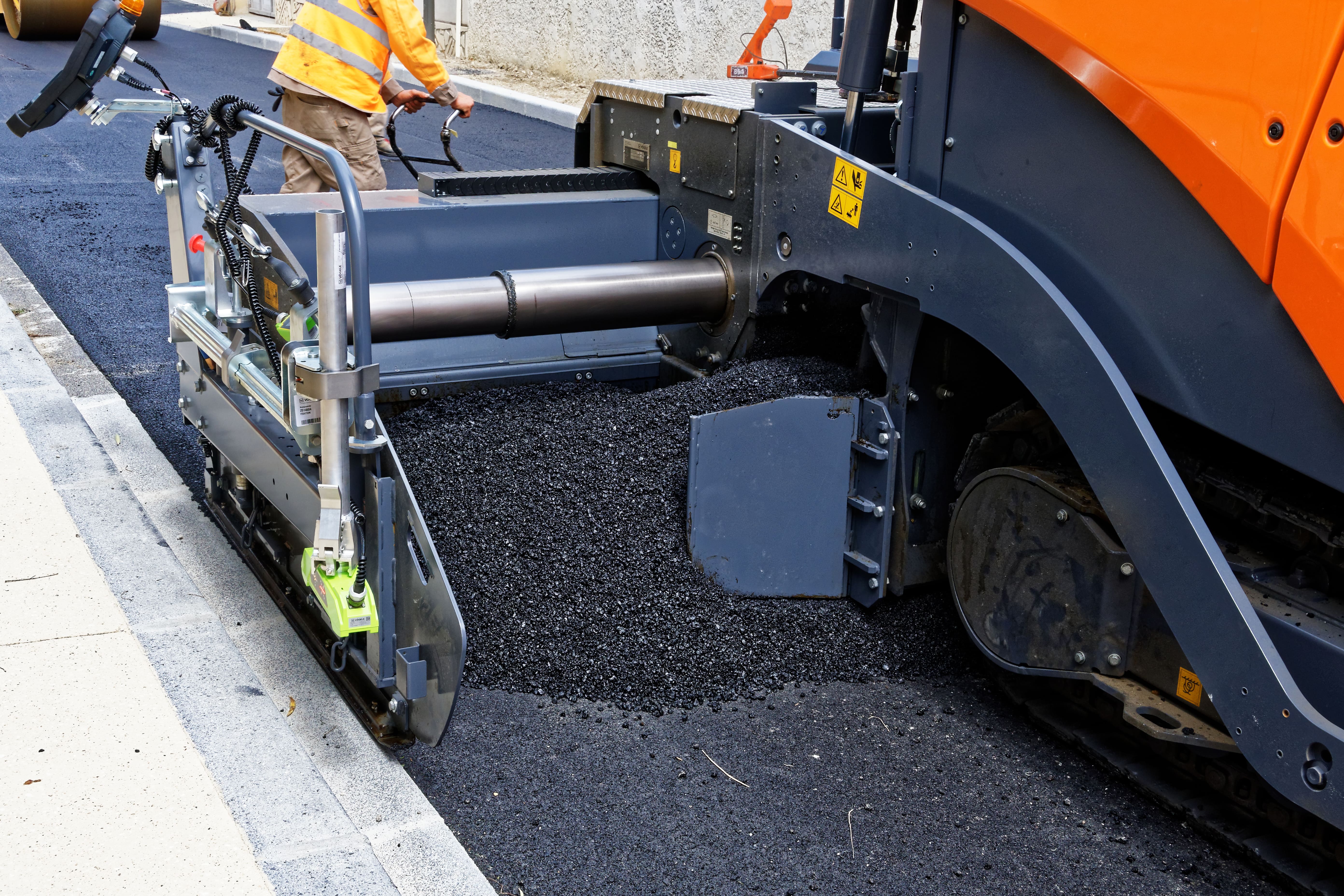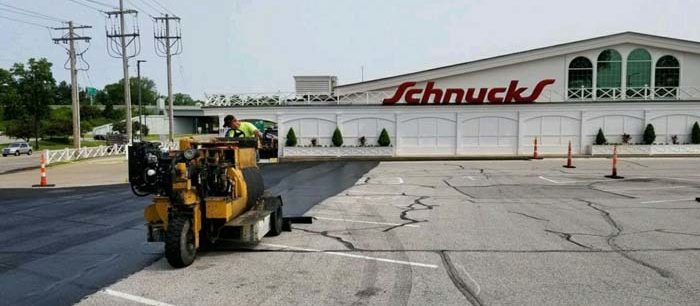The Ultimate Guide To A1 Professional Asphalt & Sealing Llc
The Only Guide to A1 Professional Asphalt & Sealing Llc
Table of ContentsA1 Professional Asphalt & Sealing Llc Fundamentals ExplainedThe Basic Principles Of A1 Professional Asphalt & Sealing Llc The Of A1 Professional Asphalt & Sealing LlcWhat Does A1 Professional Asphalt & Sealing Llc Do?What Does A1 Professional Asphalt & Sealing Llc Do?

The oil in a cars and truck engine is not just oil. The REOB includes all the ingredients that were in the waste oil as well as the wear metals from the engine (mostly iron and copper).
However, by making many blends using various REOB samples and various asphalt binders, the variants largely can be averaged out. Numerous States gave examples of well-known REOB structure to TFHRC scientists, who evaluated the samples to contrast the portion of included (recognized) REOB to the discovered (tested) quantity. The evaluations revealed an equivalent portion of added and discovered REOB.
A1 Professional Asphalt & Sealing Llc for Dummies
None of those States recognized that the asphalt they were getting consisted of REOB. One State insisted its examples had no REOB - https://www.ted.com/profiles/46704080.
Of the 1,532 samples checked, 12 percent contained REOB, and some consisted of considerably high degrees of it at 1020 percent. The highest degree was 34 percent in a sample from Texas, which TxDOT had actually used in a patching substance. This screening additionally exposed the presence of phosphoric acid in 11 percent of the examples, and 2 percent had ground tire rubber.
2 years ago at TRB's yearly conference, the Federal researchers held an REOB workshop and offered the findings of their research laboratory examinations to a standing room-only crowd. Some companies do not specifically prohibit REOB, they do impose physical tests that prevent its useeffectively a restriction. Others do not prohibit it by spec, but have agreements with asphalt vendors to prevent the usage of REOB
5 Easy Facts About A1 Professional Asphalt & Sealing Llc Shown
Ohio and Texas limit levels to much less than 5 percent of the asphalt. To develop a trusted test method that all States can utilize, the TFHRC researchers established up a round-robin test strategy.
The individuals are checking the samples individually making use of the standards supplied by the TFHRC researchers. The result will be a recommended AASHTO examination approach that any type of State can take on and use.
The sidewalk with REOB, which is located 0.6 mile (1 kilometer) from the pavement without REOB, has the same subgrade, web traffic density, and climate. However, the segment of Highway655 with 5 to 10 percent REOB revealed substantial cracking. In this example, the visibility of REOB was the identified reason for splitting at a reduced temperature levels.
"In our experience in Canada, even little amounts of 23 percent can be an issue." In a similar way, an area of test pavement in Minnesota (MN1-4) found to have REOB likewise cracked prematurely. The pavement carried out well for the first 3 to 4 years, however after that started to crack. This pavement is also subject to low temperature levels.
Examine This Report about A1 Professional Asphalt & Sealing Llc
The tests were not extensive, but they revealed that at degrees of 6 percent or even more, the tensile stamina of the asphalt dropped substantially. At a level of 3.5 percent REOB, the variant in the physical test approaches was more than the effect of REOB. It was hard for researchers to analyze whether REOB was present. https://www.gaiaonline.com/profiles/a1asphaltseal/46656807/.

One binder parameter taken into consideration is the distinction between the reduced temperature level critical spec temperature level for tightness (S) in the bending light beam rheometer and the bending beam rheometer creep incline (m-value) kept in mind as Tcritical. Two independent research teams, one from AASHTO and the other from the Asphalt Institute, wrapped up that even more research is required on the usage of REOB in asphalt.
Previously, all asphalt screening gauged design residential or commercial properties such as tightness. These tests do disappoint what materials had been contributed to the asphalt. One sample gotten during the TFHRC research had a really weird evaluation. The sample had the adhering to examination outcomes: Superpave PG 64-28 with a heat quality of 67.3 Tcritical on the bending beam rheometer was 6.7 levels Celsius.

More About A1 Professional Asphalt & Sealing Llc
These results show there are weaknesses in the standard engineering screening protocols that might be exploited. The manufacturer may website link have a financial advantage and the item passes all the standard tests, but the product might not be useful to making sure lasting efficiency. To resolve this issue and the growth of new asphalt additives and extenders, TFHRC is starting a research program to utilize handheld spectroscopic tools, x-ray fluorescence spectroscopy, and Fourier transform infrared spectroscopy to make it possible for analyses to be done in the field instead of having to take examples back to the laboratory.